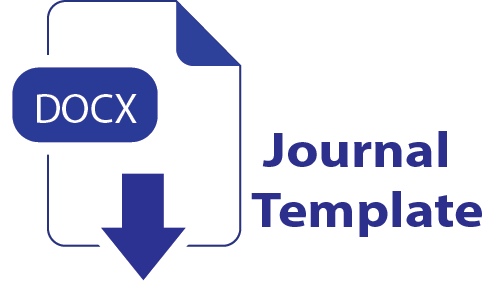Parity of learning tasks in New Total English coursebooks
Abstract
Coursebooks have an essential function in language instruction since they function as not only the guidance for both educators and learners in conducting learning programs but also the primary source of learning materials and learning tasks. Nevertheless, language learning program provides an imbalanced opportunity to develop students’ language skills equally. This study sought to analyze the balance of the learning tasks in New Total English Coursebooks in terms of the four strands. The research question in this study was “From the perspective of the Four Strands, what is the frequency distribution of learning tasks in New Total English Coursebooks?” In order to answer the research question in this study, the researchers used content analysis. The total of 637 learning tasks were analyzed in this study from three coursebooks. In selecting the samples of learning tasks, the researchers applied stratified random sampling. The findings showed that the highest frequency of strand found was meaning-focused input with 28.08%. The fluency development strand occupies 25.79% and language-focused learning occupies 23.57% of the whole learning tasks. Lastly, the meaning-focused output had the lowest frequency with 22.54%. In conclusion, the coursebooks are proven to provide balanced distributions of the four strands. The findings of this study suggest that English instructors use the coursebooks in classrooms as they provide equal balance of the four strands.



_.jpg)
_.jpg)




